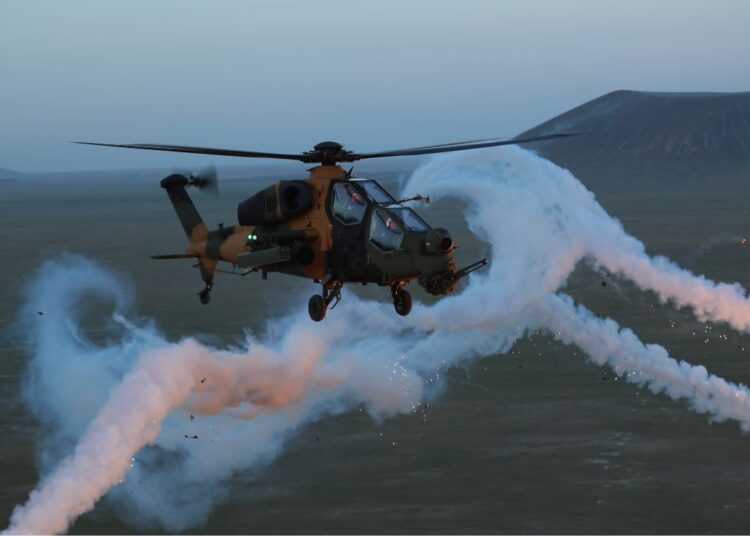An important dynamic of Turkey’s counter-terrorism campaign from the 1970s to the new century has been the redesign of its defense industry and military technology competence from an autarchic structure to a foreign-dependent one.
The meaning of the recent anniversary of the Cyprus Peace Operation for the Turkish Armed Forces is remarkable. The Republic of Turkey, which defended the Turkish Cypriots in order to establish its own security as a guarantor, was subjected to an arms embargo by the hegemonic powers of the international system.
This is a very important achievement for Turkey. Through this embargo, the Turkish Defense Industry gained a significant momentum, and defense industry institutions such as the Turkish Armed Forces Development Foundation, ASELSAN and HAVELSAN were established to meet the defense needs of the Turkish Army.

After the de-escalation of the Cyprus Conflict, the Turkish Defense Industry has undertaken significant efforts to improve the tactical power of the Army in the counter – terrorism.
An important step was taken in the counter-terrorism in the use of weapons and equipment with increased surveillance and firepower.
In this context, an important motivation has been achieved against the psychological attacks of the War on Terror, and with the equipment and equipment it has acquired, it has managed to gain a significant superiority over the PKK (Kurdistan Workers’ Party) Terrorist Organization and its different variants (weapons that are not in the inventory of most countries and cannot be purchased even if requested with money), which put the Turkish Soldier in a difficult situation in the field.
Therefore, the Turkish Defense Industry, like the Turkish Army, has acquired significant operational competencies and has set an example for counter-terrorism activities in many parts of the world.

Another major breakthrough in Turkey’s understanding of the counter-terrorism struggle against the PKK terrorist organization in the last 20 years has been the facilitation and increase in the number of aerial reconnaissance and attack drones.
From Reconnaissance and Attack drones of different sizes to attack helicopters, a significant progress has been made in the development and production of new ones. One of these is the T129 ATAK Helicopter. It is an attack helicopter developed and equipped to withstand harsh geographical and weather conditions that will increase the capacity of the Turkish Armed Forces.

The T129 ATAK is based on the A129 Helicopter, produced in cooperation with the Italian Helicopter Design Company AgustaWestland, and is equipped with a redesigned airframe and indigenous weapon systems. TAI is also working on the second model of the ATAK T129 design, the ATAK 929.
This helicopter is planned to be a Heavy Attack Helicopter and is expected to have a higher maximum load, maneuverability and altitude. ATAK 929 and 129 models as shown below:

So far, the ATAK T129 (or TAI) is planned to join the inventory of not only the Turkish military but also the Pakistani and Philippine military. According to TAI (or TAI); “As part of the ATAK Program, T129 ATAK Helicopters will be delivered including 91 helicopters in total to the Turkish Land Forces including 59 definitely and 32 optionally, 27 helicopters in total to the Ministry of Interior including 24 definitely and 3 optionally, 30 helicopters to the Pakistan Air Forces and 6 helicopters to the Philippines Air Forces.”






